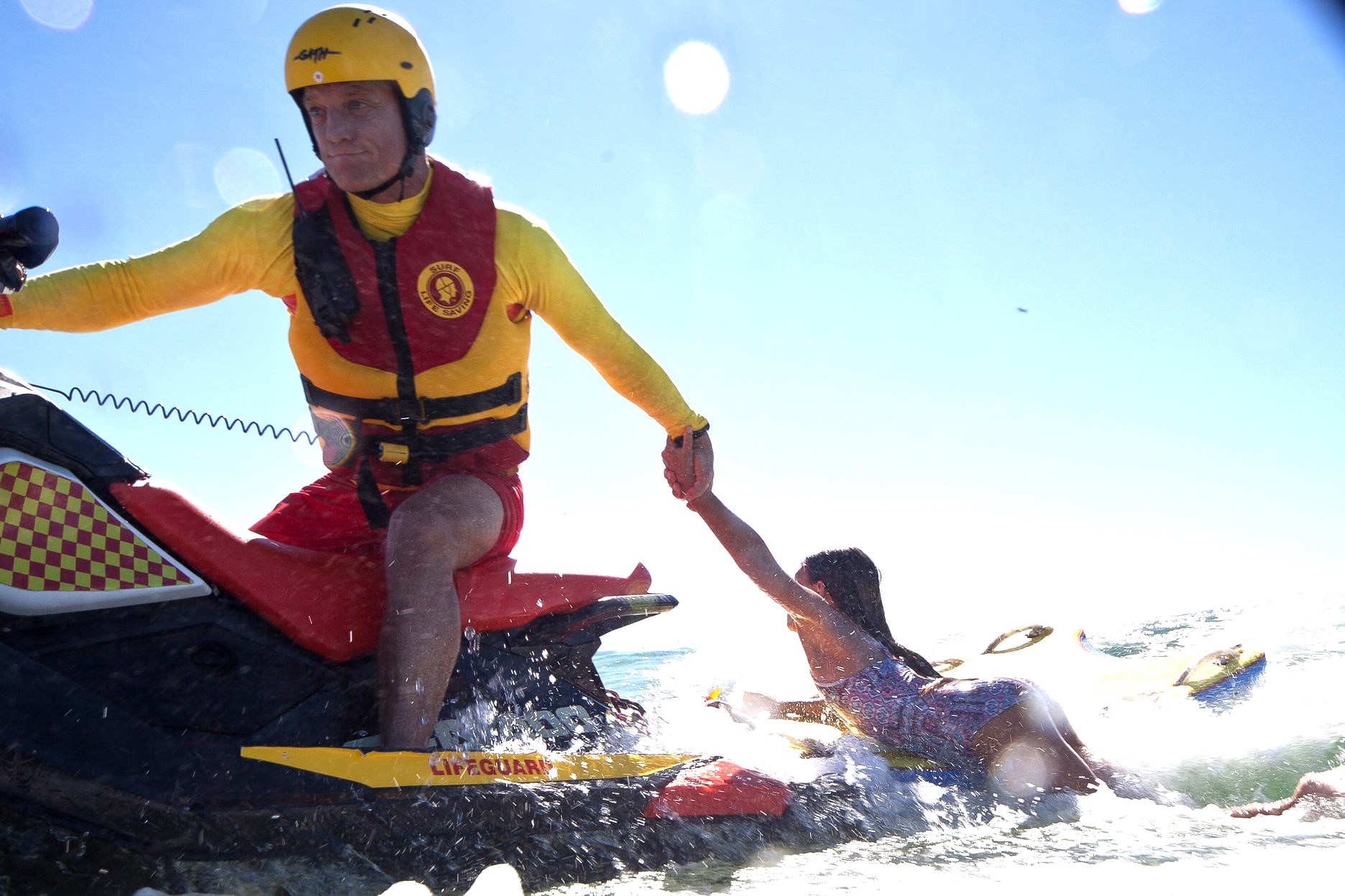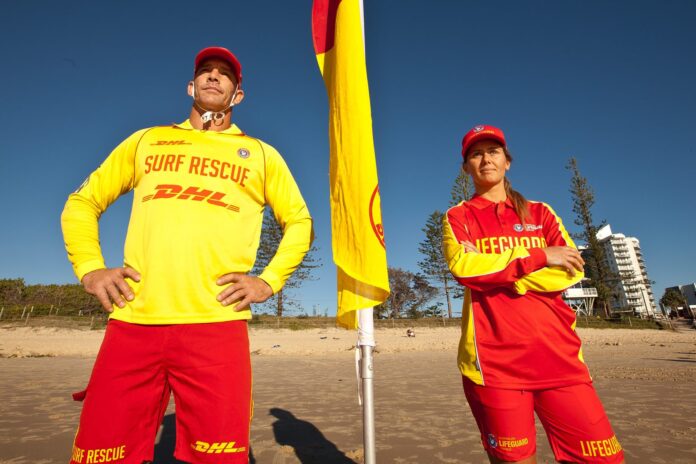Lifeguard resources are being bolstered on the Sunshine Coast’s northern beaches as huge numbers of people flock to the region’s shoreline.
Several improvements are being made to patrols under the Surf Life Saving Queensland-Sunshine Coast Council Lifeguard Service Plan 2023-28.
Notable changes are between Maroochydore and Coolum.
A roving lifeguard will provide relief across multiple lifeguard service locations north of the Maroochy River, ensuring consistent coverage throughout the day.
Meanwhile, Marcoola will be covered with a second lifeguard during Christmas, Easter and September school holidays.
Want more free local news? Follow Sunshine Coast News on Facebook, LinkedIn and Instagram, and sign up for our FREE daily news email.

The announcement of improved resources comes after more than 6.6 million people visited local beaches in the 2024-2025 financial year.
Council-funded lifeguards and volunteer lifesavers performed 550 rescues, 98,574 preventative actions and 7696 first aid treatments during that time frame.
There were three drowning deaths on the Sunshine Coast during the last surf life saving season (September to March).
The council provides $7.2 million for lifeguard services each year. More than 124 lifeguards are employed to cover 21 patrolled beach locations from north Coolum to Bulcock Beach.
Sunshine Coast mayor Rosanna Natoli urged beachgoers to stay safe.
“Our funding helps provide lifeguards with the vital equipment they need to perform their duties including jet skis, all-terrain vehicles, rescue boards, flags, first aid kits and portable surveillance cameras for high-risk locations,” she said.
“We all need to play our part though. Whether you’re a resident or visitor to our beautiful region, always choose a patrolled beach and swim between the red and yellow flags.
“Follow lifeguard and lifesaver instructions, check conditions before entering the water, and never swim alone. These simple actions could save lives, including your own.”

Surf Life Saving Queensland Sunshine Coast regional operations manager Aaron Purchase also encouraged beachgoers to be wary, as the lifesaving season ramps up at busy beaches during warmer months. More than 110,000 people were on local beaches during one weekend in late September.
“Rip currents remain a leading cause of coastal drownings, and regular patrols combined with public vigilance are essential to stay alive,” he said.
“It’s important beachgoers stop and assess the conditions, look for safety signs and patrol flags.”
The calls for safety come after Surf Life Saving Australia released its National Coastal Safety Report 2025.
It revealed a rise in coastal drowning deaths across the nation, with older Australians emerging as the group most at risk.
In the past year, 154 lives were lost to drowning on Australia’s coast, the highest number ever recorded.
Every incident occurred outside of the red and yellow flags, patrol times or at unpatrolled locations, highlighting the ongoing dangers of swimming, surfing or recreating in unsupervised coastal areas.
The report found that more than half were aged 55 years or older.

Sunshine Coast beaches that are patrolled year-round include Kings Beach, Dicky Beach, Mooloolaba Main Beach and The Spit, Alexandra Headland, Maroochydore, Twin Waters, Mudjimba, Discovery Beach and Coolum.
Beaches that are patrolled seven days a week between September holidays and May, plus weekends, school and public holidays during winter include Happy Valley, Bokarina, Buddina/Kawana, Marcoola and Coolum North.
Currimundi is patrolled on weekends, school and public holidays all year.
Beaches that are patrolled on weekends, school and public holidays from September to May include Bulcock, Boardwalk (Mount Coolum) and Maroochy River Mouth.
Yaroomba Beach is patrolled on school holidays between September and May, while Kings Beach Pool is patrolled on school holidays between November and February.





